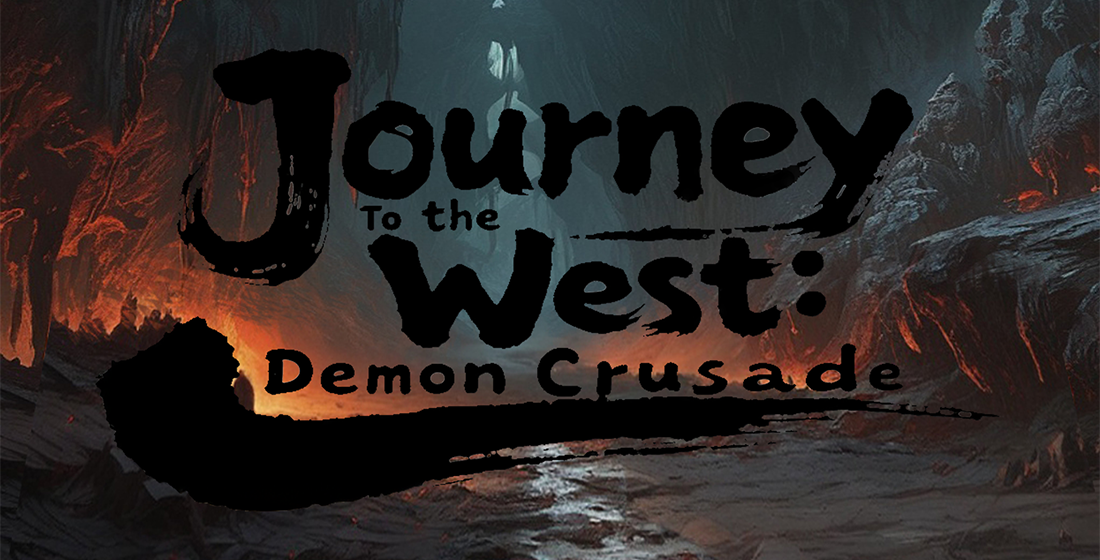Exploring the Freedom: Why Open World Games Redefine the Gaming Experience
In the ever-evolving landscape of video games, few genres offer the exhilarating sense of freedom quite like open world games. Players are drawn into expansive realms filled with limitless possibilities, where every choice can lead to a new adventure. This article delves deep into why these games have transcended the traditional gaming experience and become a beloved choice for millions across the globe, particularly in vibrant gaming communities such as Mexico.
The Allure of Open Worlds
Open world games are unique; they allow players to explore immersive environments at their own pace. Unlike linear games that guide players through set paths, these games create engaging landscapes that can feel almost real. Players can roam freely, interact with a variety of elements, and make decisions that influence the game's outcome. This freedom fosters a sense of ownership and immersion that captivates gamers.
Choice and Consequence
The mechanics of choice in open world games result in engaging narratives. Every decision may change the course of the story. Players often find themselves faced with moral dilemmas, and the weight of these decisions can lead to different outcomes—adding layers of complexity to their gaming experience. For instance, in games like “Red Dead Redemption 2" or “The Witcher 3," players’ choices can impact relationships and game endings.
Creating Unique Experiences
Another remarkable feature of open world games is that every player can have a wholly unique gaming session. The presence of side quests, hidden treasures, and dynamic events means players can explore at their leisure, discovering content in a way that feels personal and tailored to them. One player's journey won't be the same as another’s, creating stories that are rich and varied.
The Role of Exploration
Exploration is a key driver in open world games. Being allowed to traverse vast landscapes, climb mountains, sail seas, or venture through dense forests keeps the experience fresh and exciting. The thrill of discovery—whether finding a secret passage or encountering a memorable NPC (non-playable character)—fuels players' passion. This exploration isn’t merely a mechanic; it’s a core tenant of what makes these games so captivating.
Building Communities and Connections
Games don't just connect players with virtual worlds; they create communities. Online platforms, forums, and social media groups revolve around sharing tips about kingdom puzzles, discussing strategies, and showcasing achievements. Players from different backgrounds unite over their love for a specific title, forming bonds that transcend geographical borders.
The Evolution from Traditional to Open World
As gaming technology has advanced, so has the capacity for game developers to create richer, more intricate open worlds. Early games were often restricted by technological limitations, confining players to linear narratives. As processors became more powerful and graphics improved, the shift to open world became a revolutionary change, offering players visually stunning and expansive realms to inhabit.
Steam Survival Games: A New Frontier
Among the multitude of open world games available today, steam survival games have carved a niche for themselves. Titles such as “Don't Starve" and “The Forest" benefit from open world design principles, blending survival mechanics with exploration in captivating ways. These games encourage players to adapt to their environments and to think strategically, making every decision count.
The Balance of Freedom and Structure
While open world games excel in providing freedom, they also demonstrate the importance of balance. Too much open-endedness can lead to a sense of aimlessness; thus, successful open world games integrate structure. Main quests, character arcs, and narrative threads help guide players but without stripping them of their autonomy.
Visual Storytelling
The visuals in open world games are both a journey and a storytelling tool. The landscapes, weather systems, and ambiance contribute to the overall mood. An emotional encounter can be intensified by a thunderous storm or a serene sunset. The aesthetics are not just to please the eyes, they tell stories, convey emotions, and enhance the gaming experience.
Key Features of Open World Games
| Feature | Description |
|---|---|
| Exploration | Freedom to roam vast landscapes and discover hidden areas. |
| Dynamic Gameplay | Multiple paths and choices that affect the game’s outcome. |
| Immersive Storytelling | Narratives built around player decisions and exploration. |
| Community Engagement | Platforms for players to share experiences, strategies, and tips. |
Conclusion: A New Era of Gaming
In conclusion, open world games have redefined what it means to be a gamer in the modern landscape. They encapsulate freedom, allow for rich storytelling, and foster community connections. Whether unraveling the deepest kingdom puzzles or persevering through a steam survival game, the opportunities are boundless. With each new release, these games continue to captivate players and shape the future of interactive experiences. So pick up that controller or keyboard, and dive into the world that awaits. Adventure is out there!



